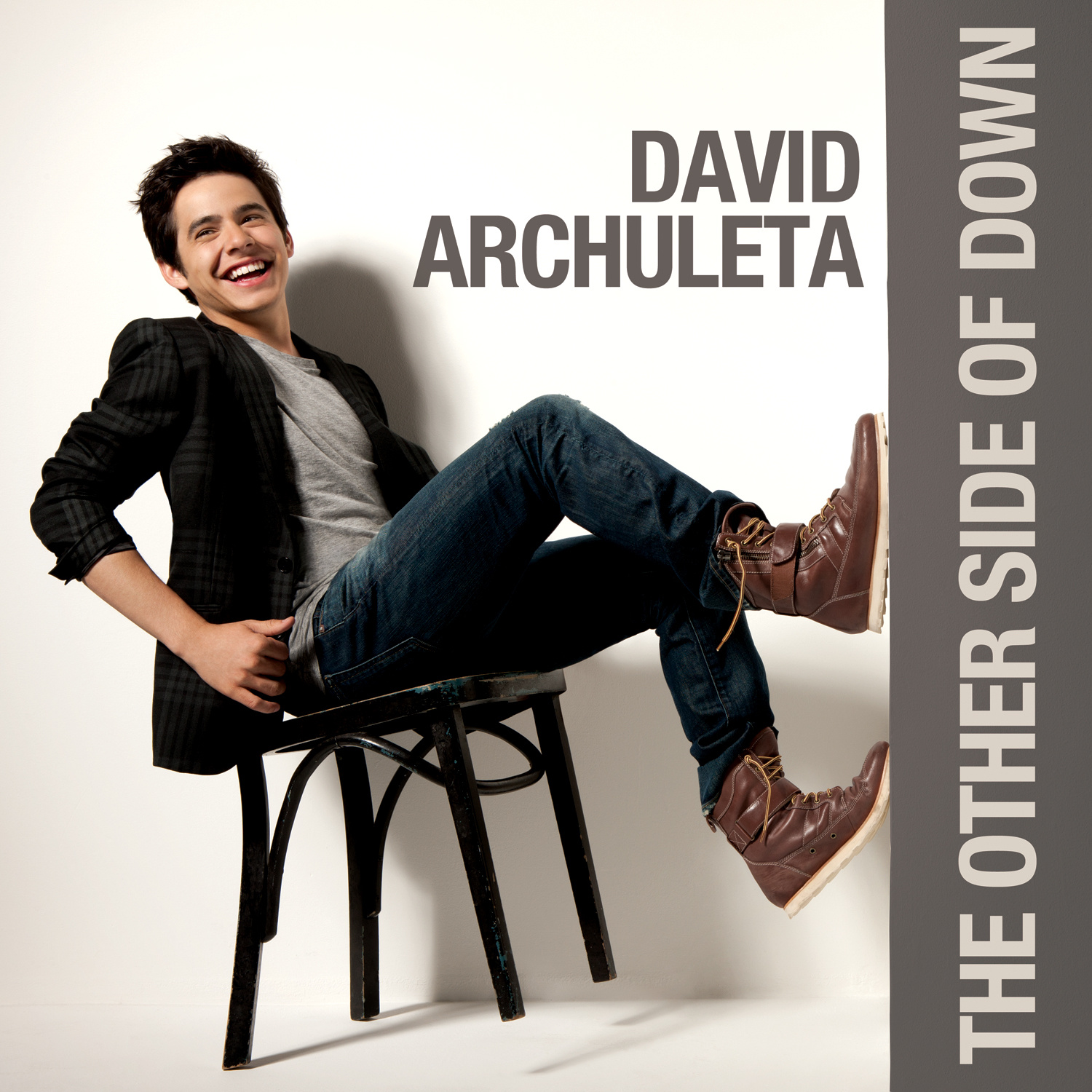The Warmth of Silk vs. Down: A Comparison of Comfort and Insulation Properties in Bedcovers
This study compares the comfort and insulation properties of silk and down in bedcovers. Silk is known for its softness and elegance, while down provides excellent warmth and insulation. The study investigates the thermal comfort and insulation performance of both materials under different conditions. Results indicate that silk provides superior comfort due to its smooth texture and lack of irritation, while down offers better insulation against cold temperatures. The study also considers the environmental impact of both materials, noting that silk is a sustainable and biodegradable material, while down production can have a negative impact on wildlife. Overall, the study provides a comprehensive comparison of the two materials, emphasizing their respective advantages and disadvantages.
Both silk and down have been used for centuries in the making of warm and comfortable bedding. However, which one is more effective in providing warmth and comfort? This question has been debated by many, and the answer depends on a number of factors, including personal preference, the climate, and the specific type of silk or down used.
Silk, a natural protein fiber, has been used for thousands of years in the manufacture of textiles. It is produced by silk worms as they spin their cocoons. Silk is lightweight, breathable, and a good insulator. It can also help regulate body temperature, making it a good choice for people who tend to get too hot or too cold at night. Silk is also hypoallergenic, meaning it is less likely to cause allergic reactions than other types of fiber.

On the other hand, down is a type of feather that comes from birds, typically ducks or geese. It is known for its excellent insulation properties and its ability to trap air, providing warmth. Down is also lightweight and can be made into a variety of different products, including jackets, sleeping bags, and quilts. Unlike silk, down is not breathable, so it may not be as comfortable for some people. Additionally, down can also cause allergic reactions in some individuals.
In terms of warmth, both silk and down provide good insulation. However, down is generally warmer than silk due to its ability to trap air. This makes it a good choice for colder climates or for people who need extra warmth at night. On the other hand, silk is a better choice for warmer climates or for people who tend to get too hot at night. Silk can help regulate body temperature by allowing heat to escape through its breathable nature.

In conclusion, both silk and down provide good warmth and comfort in bed. The choice between them depends on personal preference, the climate, and any allergies one may have. Silk is a good choice for warmer climates or for people who tend to get too hot at night due to its breathable nature and ability to regulate body temperature. On the other hand, down is a good choice for colder climates or for people who need extra warmth at night due to its excellent insulation properties and ability to trap air.
Articles related to the knowledge points of this article:
Title: Mastering the Art of Tying a Tie: A Step-by-Step Guide
Long-style down jackets: Fashion and functionality in winter
Title: The Art of Tying a Tie: A Comprehensive Guide to Tie Knots



